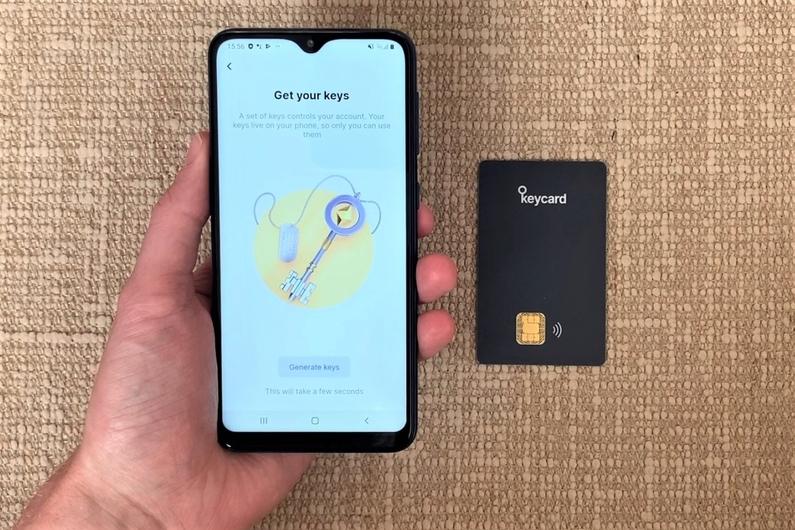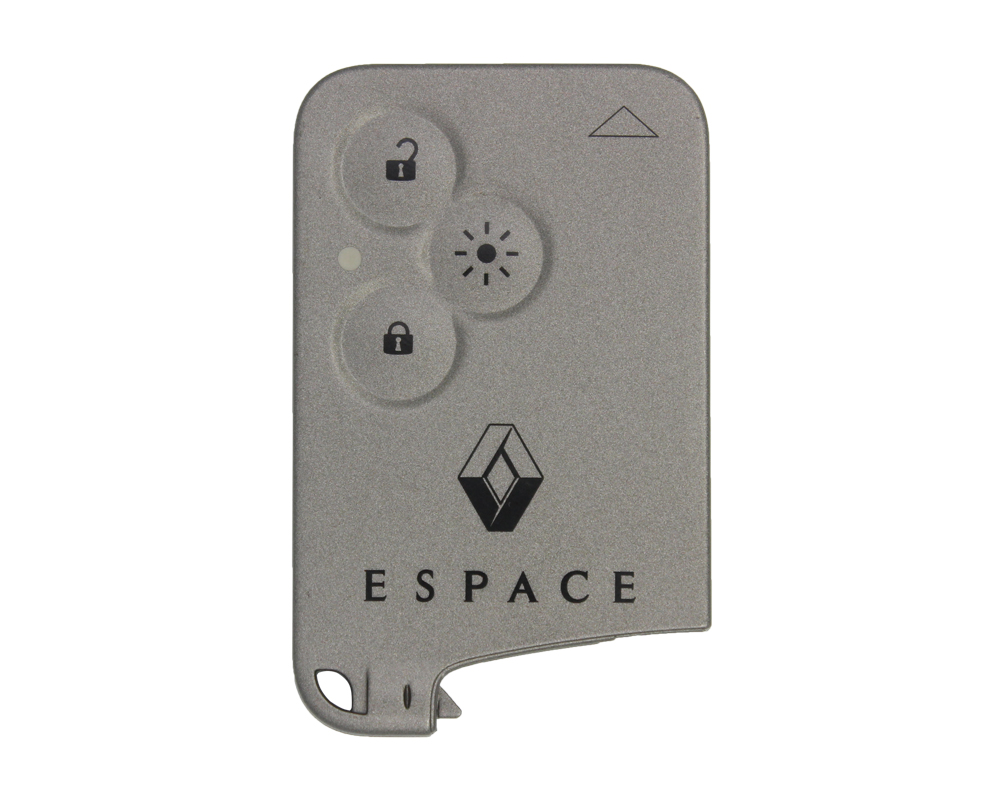

Doors in vanilla Doom are affected identically by keycards and skull keys. Multiple keys of a given color may be picked up in the same level the status bar will display whichever type was last taken. Once a key is obtained, any locked door of the corresponding color on the map can be opened. If the player encounters a locked door and attempts to open it without the correct key, the door will not open (and the player will receive a message to that effect). There are two types of key: electronic keycards, and skull keys which resemble glowing monochrome skulls. You are at the right place to find informations about Keycard and get you going.The first key encountered in the series, a red keycard in E1M2: Nuclear Plant from the Knee-Deep in the Dead episode of Doom

The version of all components of the Keycard project are tied to the protocol version.
#Keycard status Patch
Semantic versioning is used throughout the project, with the omission of the patch number for the applet, but not the SDK and related tools. This documentation applies to said version. The current version of the applet is 3.0. In order to easily integrate Keycard with any dApp, we defined a small extension to the Web3 API. It is worth repeating that the Wallet and Cash applet, while living on the same card, do not share any data or key and are completely independent from each other. Some examples can include ticketing, small payments, etc. It is especially suited for signing EIP-712 formatted metatx. For this reason the keypair in the Cash applet should not hold any funds at all, but should instead be used in concert with smartcontracts in scenarios with lower security requirements. This enable convenient in-person interactions at the expense of security.

Unlike the wallet applet, the cash applet does not require a PIN or SecureChannel and can be tapped on 3rd party terminal. This applet, internally called Cash applet, does not share any data with the wallet and provides a single keypair which can be used to sign any piece of information. Since Keycard 3.0, besides the hardware wallet functionality, you find a second applet with a different purpouse and security model. Then, please check the protocol documentation out for the low-level details.
#Keycard status how to
If you use a different language, please first refer to the Java SDK documentation for a high level overview of how to perform different tasks with the Keycard. You can also find a Go and Swift SDK and more resources here If you develop in Java or any other language available, this is the easiest way to use the Keycard.
#Keycard status android
On Android it uses the on-board NFC reader. On the desktop it uses the javax.smartcardio to interface with the card, which is compatible with most USB readers. To further simplify integration, we have developed a Java-based API which can be used on both desktop and Android systems. The most obvious case for integration of Keycard is crypto wallets (ETH, BTC, etc), however it can be used in other systems where a BIP-32 key tree is used and/or you perform authentication/identification. It supports both NFC and ISO7816 physical interfaces, meaning that it is compatible with any Android phone equipped with NFC and all USB Smartcard readers. It also allows exporting keys defined in the context of EIP-1581.Ĭommunication with the Keycard happens through a simple APDU interface, together with a Secure Channel guaranteeing confidentiality, authentication and integrity of all commands. This means it supports key generation, derivation and signing. Keycard provides to developer an hardware implementation of a BIP-32 HD wallet.


 0 kommentar(er)
0 kommentar(er)
